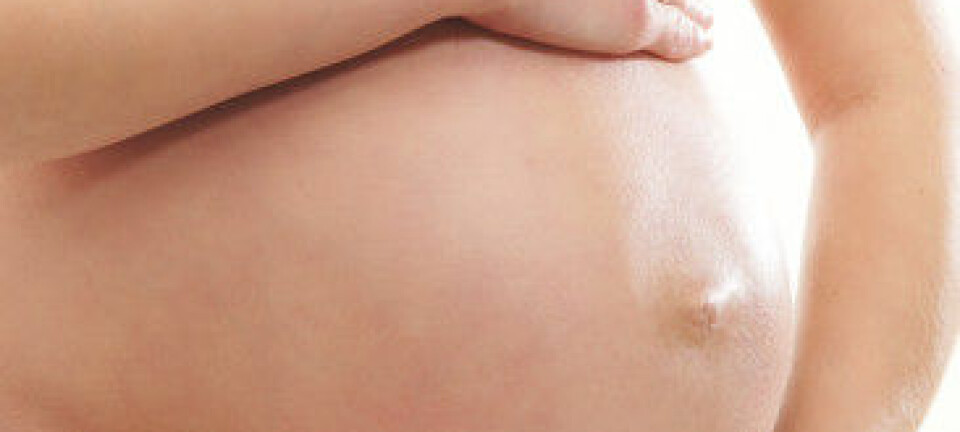
Do pregnant women really have a special 'glow'?
Expectant women often hear their skin has an exceptional glow. Is this a myth or is pregnancy doing wonders for their skin?
You have probably read about it in glossy magazines, or heard expectant mothers receive compliments about their striking features. Maybe you have experienced it yourself or observed a pregnant friend you think looks particularly pretty lately.
If we are to believe in the term “pregnancy glow”, there must be something about bearing a child that makes a woman more charming, makes her skin more lovely.
But is there really?
We asked Iren D. Hjellestad. She is a doctor and researcher at the Hormone Laboratory of Haukeland University Hospital in Bergen.
Her conclusion is clear as can be.
“Yes, it’s real!”
The first thing Dr Iren D. Hjellestad says when we ring her up is that the pregnancy glow is a real phenomenon.
“Pregnancy glow is observed from the second trimester. Some retain this glow all the way until giving birth.”
She refers to all the phenomenal hormonal changes in the body of a pregnant woman. Some of these also change a woman’s looks, for better or worse.
“Some really benefit from the hormonal changes whereas others experience these more as pregnancy problems they would rather have done without,” says Hjellestad.
More blood
We often hear that hormones run a bit wild in pregnant women, but how can these make the skin glow?
Hjellestad says hormones function in different ways that can make the skin glow or shine.
“There are two hormones which are particularly important during pregnancy. These are oestrogen and progesterone. They are vital for the pregnancy and the foetus. Levels of these increase gradually as the pregnancy takes its course and they have an impact on the woman’s skin and its glow.”
A foetus is entirely dependent on its mother’s blood and the placenta to meet its needs of energy, nutrients and oxygen. This makes the woman produce more blood so supply can keep up with demand. Hjellestad explains that this is the reason for pregnancy glow.
“The oestrogen makes the woman’s blood vessels expand to ensure a rich supply of blood to the placenta and the foetus. The blood volume increases by up to 50 percent. This provides a greater flow of blood, also through the skin and especially facial skin.”
Oilier skin
Hjellestad says the higher levels of oestrogen and progesterone also makes the sebaceous glands produce more oil.
“Together with the greater flow of blood through the skin this can give the impression of a healthy skin with good colour and a glossier, full-bodied look. This is what is often described as ‘pregnancy glow’”.
But not everyone is so lucky.
“Unfortunately there are also many who get plagued with pregnancy acne, which is also a result of that increased production of oils. So if you are graced with pregnancy glow, enjoy it while you can,” suggests Hjellestad.
She says that hormones do some other tricks that can make us think of the pregnant woman as extra beautiful.
“Oestrogen and progesterone stimulate the mammary gland tissues and arteries in the breasts and contribute to storage of fat round the hips, thighs and stomach. Thus they make the pregnant woman more sensual, with her larger breasts and fuller feminine curves.”
Hjellestad points out that many pregnant women can feel quite lovely and they naturally glow to some degree of joy and self-esteem, not just because of mundane things like dilated arteries.
“Many pregnant women feel special when people rise to give them a seat on the subway, or hold a door for them. If the woman is fortunate enough to experience more positive aspects of her pregnancy than negative ones, this could make her a little more radiant. She feels feminine and better about herself.”
--------------------------------------
Read the Norwegian version of this article at forskning.no
Translated by: Glenn Ostling
































